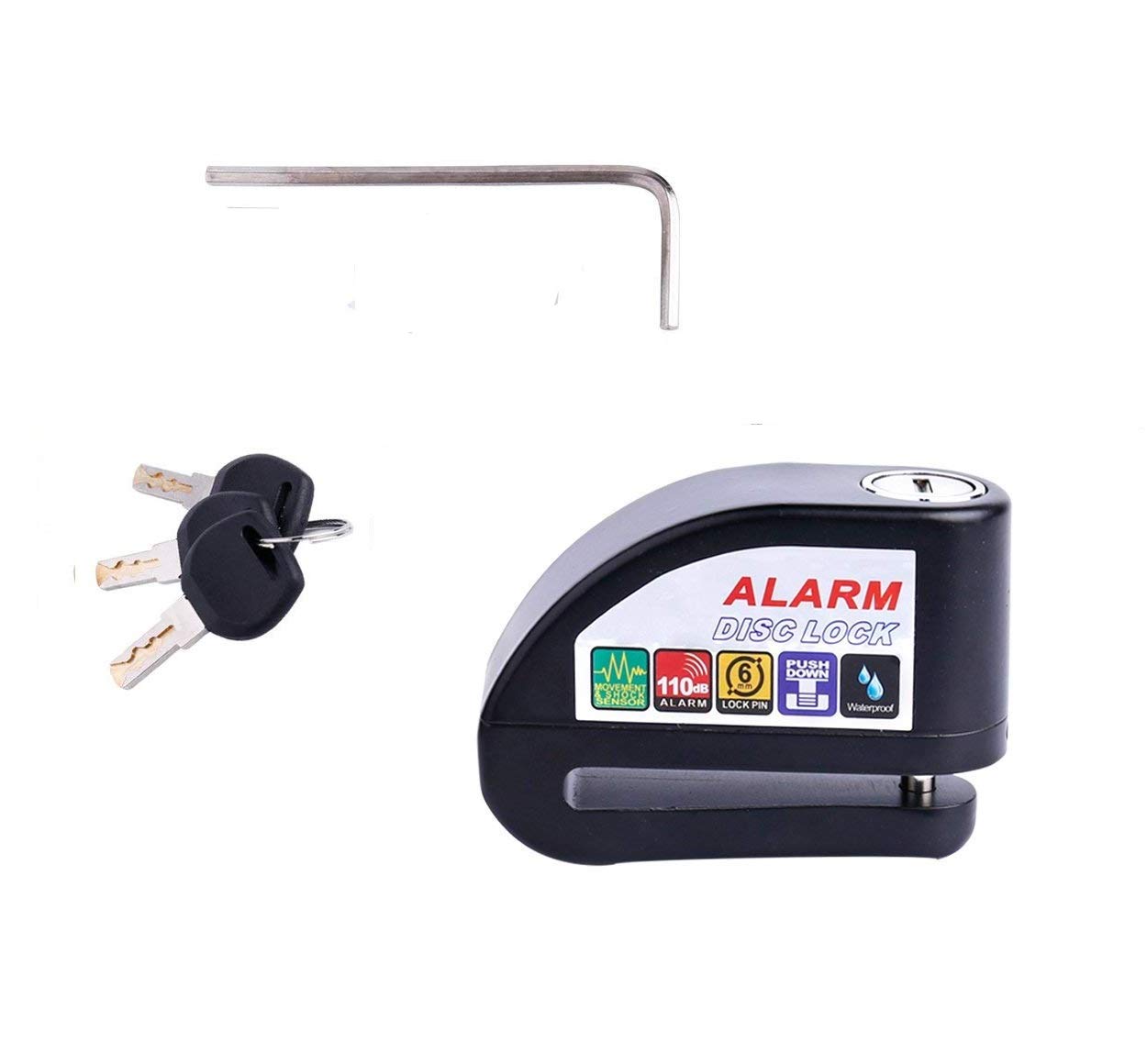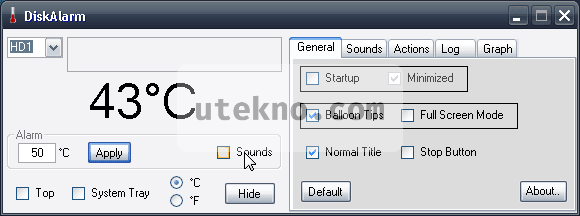

For more information, see Amazon CloudWatch Logs User GuideĪnother important part of monitoring Amazon RDS involves manually monitoring those items that the CloudWatch alarms don't cover. Amazon CloudWatch Logs – Most DB engines enable you to monitor, store, and access your database log files in CloudWatch Logs.For more information, see Monitoring with Amazon CloudWatch Amazon CloudWatch Alarms – You can watch a single Amazon RDS metric over a specific time period, and perform one or more actions based on the value of the metric relative to a threshold you set.For more information, see Viewing DB Instance Metrics. You are not charged additionally for Amazon RDS metrics in CloudWatch. Amazon CloudWatch Metrics – Amazon RDS automatically sends metrics to CloudWatch every minute for each active database.In addition, Amazon RDS integrates with Amazon CloudWatch for additional monitoring capabilities: For more information, see Enhanced Monitoring. Amazon RDS Enhanced Monitoring - Look at metrics in real time for the operating system.For more information, see Amazon RDS Database Log Files. You can also query some database log files that are loaded into database tables. Database log files – View, download, or watch database log files using the Amazon RDS console or Amazon RDS API actions.For more information, see Using Amazon RDS Event Notification. Amazon RDS Events – Subscribe to Amazon RDS events to be notified when changes occur with a DB instance, DB snapshot, DB parameter group, or DB security group.You can use the following automated monitoring tools to watch Amazon RDS and report when something is wrong: We recommend that you automate monitoring tasks as much as possible.
DISK ALARM MANUAL
You can configure some of these tools to do the monitoring for you, while some of the tools require manual intervention. For best IOPS performance, make sure your typical working set will fit into memory to minimize read and write operations.ĪWS provides various tools that you can use to monitor Amazon RDS. Investigate if values are consistently different than your baseline. IOPS metrics – The expected values for IOPS metrics depend on disk specification and server configuration, so use your baseline to know what is typical.For more information, see Working with DB Parameter Groups.


You can either use an existing parameter group or create a new one. You can determine the number of database connections by associating your DB instance with a parameter group where the User Connections parameter is set to a value other than 0 (unlimited). The best number of user connections for your DB instance will vary based on your instance class and the complexity of the operations being performed.
DISK ALARM ARCHIVE
See if it is possible to delete data from the instance or archive data to a different system to free up space. Disk space consumption – Investigate disk space consumption if space used is consistently at or above 85 percent of the total disk space.High CPU or RAM consumption – High values for CPU or RAM consumption might be appropriate, provided that they are in keeping with your goals for your application (like throughput or concurrency) and are expected.Advice about specific types of metrics follows: Investigate consistent or trending variances from your baseline. In general, acceptable values for performance metrics depend on what your baseline looks like and what your application is doing. You should collect monitoring data from all of the parts of your AWS solution so that you can more easily debug a multi-point failure if one occurs. Monitoring is an important part of maintaining the reliability, availability, and performance of Amazon RDS and your AWS solutions.


 0 kommentar(er)
0 kommentar(er)
